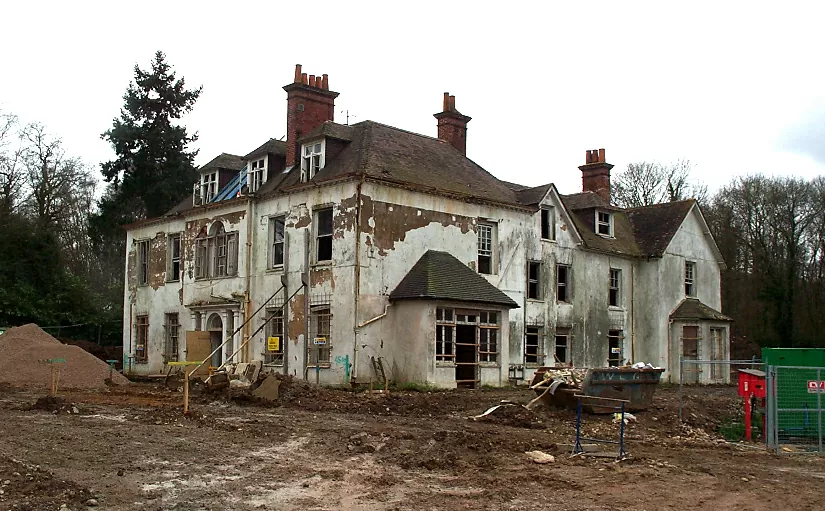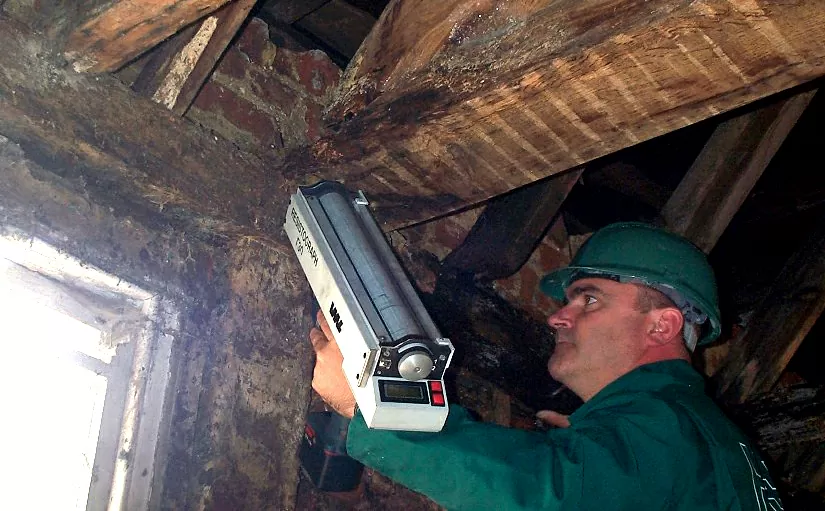Death Watch Beetle Infestation and Decay
The Problem
A property developer intended to refurbish a range of buildings as high value houses. These included a listed 17th century timber framed Royal hunting lodge.
The buildings had been poorly maintained and unoccupied for many years. This had resulted in extensive damp and decay problems, including active infestation by death watch beetle (Xestobium rufovillosum). Specialist remedial sub-contractors had already proposed expensive and destructive remedial measures.
However, the Conservation Officer blocked these. The NHBC referred the developer/contractor to H+R to help resolve the problem.

“H+R investigation and remedial specification allowed the refurbishment of the historic building with the maximum retention of the original structure without specialist remedial sub-contractors. This also allowed us to make savings on QS estimates, and allowed the issuing of NHBC Build-mark Guarantees”

The Solution
H+R investigated the structures in detail to determine the decay state and deep moisture content of the timber frame elements. We also investigated the moisture and salt profiles of the brickwork. Some active wood boring beetle infestation was found.
This was generally non-structural except where associated with wet rot decay. Detailed investigation also allowed historically important materials and structures to be distinguished from materials introduced during previous refurbishments.
The investigations enabled us to provide the project manager with detailed remedial specifications and contract support.
Read moreCase Study Gallery



